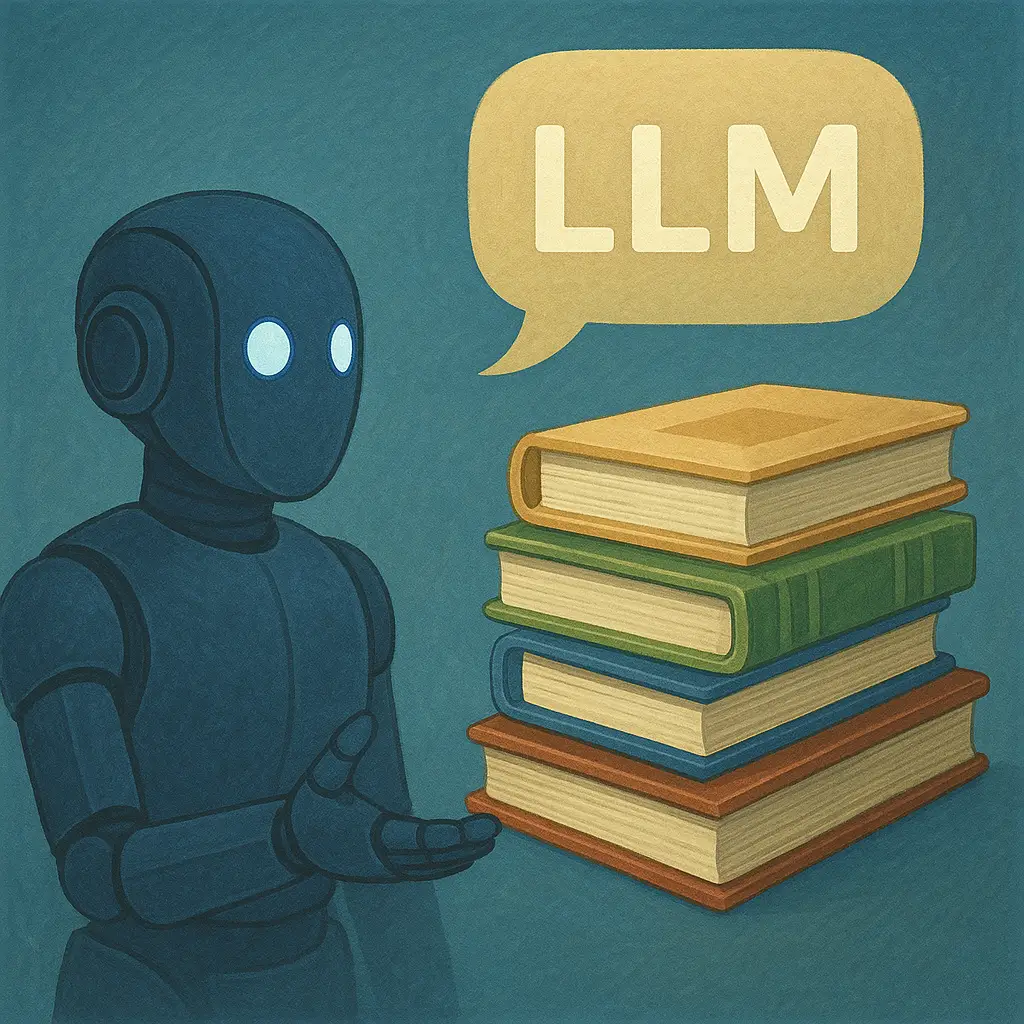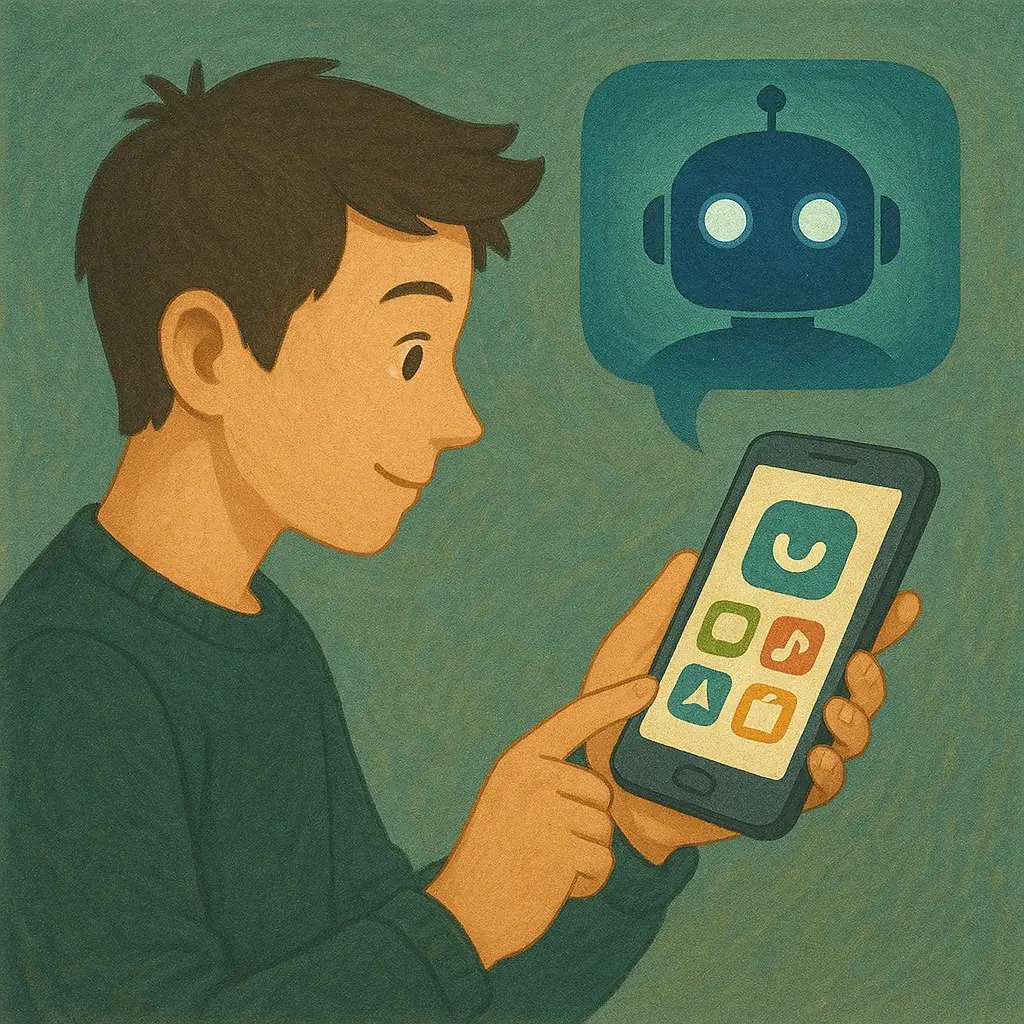
Artificial Intelligence (AI) is no longer just a futuristic idea from science fiction movies — it is woven into the fabric of our daily lives. From the way we unlock our phones to how we receive product recommendations while shopping online, AI quietly powers many conveniences we often take for granted.
Yet, despite its growing influence, many people still struggle to understand what AI actually is, how it works, and more importantly, why it matters. This article is your no-jargon introduction to AI, written for the everyday reader who wants to understand the basics and prepare for a future shaped by it.
Section 1: What is Artificial Intelligence?
Artificial Intelligence refers to machines or software that can mimic human intelligence — such as learning, reasoning, problem-solving, perception, and even creativity.
Imagine a child learning how to recognize animals by looking at pictures. The child identifies a cat because it has fur, whiskers, and a tail. AI works similarly — but instead of instincts or emotions, it learns through data and algorithms.
In more technical terms, AI uses vast amounts of data, recognizes patterns, and makes decisions or predictions based on that learning.
Section 2: Everyday Examples of AI You Already Use
AI is not limited to labs or tech companies. Here are examples of AI working around you:
- Smartphones: Voice assistants like Google Assistant and Siri understand and respond using natural language processing (NLP).
- Banking: Fraud detection systems in your bank use AI to flag unusual transactions.
- Shopping: E-commerce platforms suggest products based on what you’ve browsed or purchased.
- Transport: Google Maps predicts traffic using historical and real-time data.
- Streaming: Netflix and Spotify offer recommendations based on your behavior.
These tools have one thing in common — they use data to learn about your preferences and improve your experience.
Section 3: Why AI Matters
1. Job Evolution and New Careers
AI is transforming jobs across industries. While some roles will become obsolete, new ones will emerge — such as AI trainers, prompt engineers, and data ethicists. Learning how to work alongside AI tools can make your career future-proof.
2. Boosting Productivity
AI automates repetitive tasks — from sorting emails to generating reports. This frees up time for high-value work like decision-making and strategy.
3. Making Services Smarter and Faster
AI helps businesses personalize services, automate customer support, improve logistics, and even forecast sales. For the end user, this means faster responses and better service.
4. Improving Access to Services
In fields like healthcare and education, AI is playing a major role in improving access — chatbots offering medical triage, or apps that help students practice speaking English.
Section 4: Risks and Challenges
While AI holds immense potential, it also comes with challenges:
- Bias in Data: If AI is trained on biased data, it can make unfair decisions (e.g., in hiring or lending).
- Privacy: As AI systems collect and analyze personal data, there is a risk of misuse or breaches.
- Job Displacement: Without reskilling, some jobs may be lost to automation.
Understanding these risks is essential to using AI responsibly.
Section 5: How You Can Start Exploring AI
You don’t need to be a coder or data scientist to start using AI. Here’s how you can begin:
- Use AI tools: Try tools like ChatGPT for writing help, or Canva’s AI features for design.
- Learn the basics: Platforms like Coursera, YouTube, and Skillshare offer beginner courses.
- Experiment: Start small — use an AI note summarizer or build a chatbot using no-code tools.
Conclusion
AI is here — not to replace you, but to empower you. The sooner we learn to understand and use it, the better prepared we’ll be for the changes it brings. Think of AI as a bike: once you learn to ride it, you can go faster and farther — but only if you choose to hop on.


